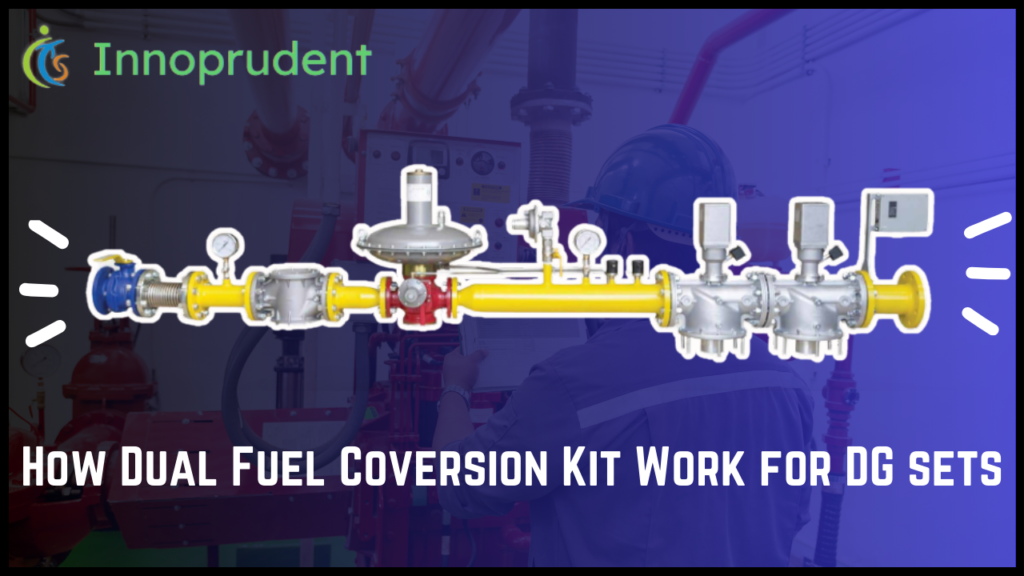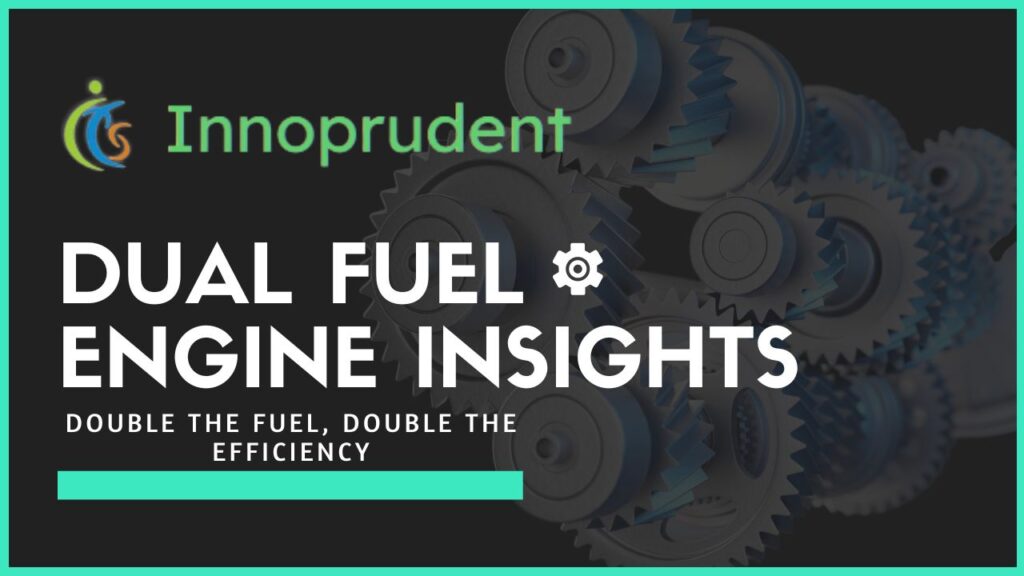Are you tired of shivering through the cold winter months while constantly worrying about the environmental impact of your heating choices? It’s time to embark on a journey towards a warmer and more eco-friendly home with dual fuel heating systems. As the world becomes increasingly conscious of the need to reduce carbon emissions and combat climate change, dual fuel heating systems have emerged as a beacon of sustainability in the realm of home heating.
In this article, we’ll delve into the fascinating world of dual fuel heating, uncovering its benefits, efficiency, and the environmental advantages that make it an attractive choice for those seeking to strike the perfect balance between comfort and eco-consciousness. Get ready to discover how you can keep warm and cozy while treading lightly on our planet.
What is a Dual Fuel Heating System?
At its core, a dual fuel heating system combines the strengths of two distinct heating sources: an electric heat pump and a gas furnace. Instead of relying solely on electricity or gas, this system capitalizes on the efficiency of both, optimizing heat generation based on the prevailing conditions. The result? A flexible, efficient, and cost-effective heating solution.
How Does Dual Fuel Heating System Work?
- Electric Heat Pump: On milder days, the electric heat pump handles the task of heating. A heat pump works by extracting warmth from the outside air and bringing it indoors. Even when the outside temperature seems chilly, there is still latent heat present in the air that the pump can draw from.
- Gas Furnace: As temperatures drop to a certain threshold (usually around freezing or slightly above), the electric heat pump becomes less efficient. This is where the gas furnace comes into play. It takes over from the heat pump, providing the necessary warmth on those colder days.
The system’s switch between the two sources is seamless and automatic, ensuring the interior remains consistently warm and cozy without manual intervention.
Components of a Dual Fuel Heating System
The components within such a system are designed to seamlessly integrate and function together, providing homeowners with the flexibility to switch between heat sources based on external temperatures or energy costs. Here’s a detailed breakdown of the integral components of a dual-fuel heating system:
1. Heat Pump
- Type: Most commonly, these are air-source heat pumps that extract heat from the outside air and transfer it indoors during colder weather, and vice versa during warmer weather.
- Compressor: This component is responsible for circulating the refrigerant that absorbs and releases heat as it travels between the indoor and outdoor units.
- Coils: There are evaporator and condenser coils, both of which play a critical role in the heat transfer process.
- Reversing Valve: This allows the heat pump to switch between heating and cooling modes.
2. Furnace
- Burners: These ignite the fuel (natural gas, propane, or oil) to produce heat.
- Heat Exchanger: A crucial safety component that separates the combustion process from the indoor air. It absorbs heat from the burners and transfers it to the circulating air.
- Blower: This helps in circulating the heated air throughout the home.
- Flue or Vent Pipe: This expels the combustion gases safely out of the home.
3. Thermostat or Control System
Modern dual fuel systems often come with advanced thermostats that can automatically decide which heat source to use based on the current outside temperature, energy prices, or other programmable factors.
4. Refrigerant
A substance that circulates within the heat pump, absorbing heat from one location and releasing it in another.
5. Ductwork
A series of channels (often made of metal) that distribute the heated or cooled air throughout the home. Properly sealed and insulated ductwork is crucial for energy efficiency.
6. Air Handler or Fan Coil
Found in some systems, this is responsible for circulating air through the heat pump and into the ductwork.
7. Filters
These are integrated to purify the air that circulates through the system, removing dust, allergens, and other particulates.
8. Fuel Supply
For the furnace component, a connection to a fuel source (like a natural gas line or a propane tank) is essential.
9. Switching Mechanism
This allows the system to transition between the heat pump and furnace based on predetermined conditions or manual input.
10. Safety Components
These might include flame sensors, limit switches, and other devices that monitor the system for abnormalities and shut it down if necessary to prevent safety hazards.
Understanding these components is essential for homeowners considering a dual fuel system. Regular maintenance of each component ensures the system operates at peak efficiency and provides a comfortable indoor environment in varying weather conditions.
Benefits of a Dual Fuel Heating System
- Energy Efficiency: Dual fuel systems optimize energy use by tapping into the most efficient heating source based on current conditions. This often results in reduced energy consumption.
- Cost Savings: With the strategic use of both electric and gas sources, homeowners may see significant savings on their utility bills over time.
- Environmental Impact: By using electricity during milder weather and conserving gas for when it’s truly needed, dual fuel systems can reduce your carbon footprint.
- Consistent Comfort: There’s no compromise on comfort. With the automatic switch between heat sources, there’s a consistent temperature maintained inside the home.
- Longevity: Distributing the workload between the heat pump and furnace might result in less wear and tear on individual components, potentially extending the life of your heating system.
- Flexibility: If there are fluctuations in energy prices, having both electric and gas options means you’re not locked into a potentially expensive fuel source.
Is a Dual Fuel Heating System Right for Your Home?
- Climate: Homes in regions experiencing milder winters stand to benefit the most from dual fuel systems. The heat pump can work efficiently during most of the season, with the furnace stepping in only during the chilliest days.
- Current Setup: If you already have a gas furnace and are considering an upgrade, adding a heat pump to create a dual fuel system might be a cost-effective decision.
- Utility Costs: Analyze the cost of electricity and gas in your area. If one is notably cheaper, a dual fuel system can allow you to capitalize on those savings.
- Initial Costs: Setting up a dual fuel system, especially if you’re starting from scratch, can be more expensive than installing a single-source heating system. However, the long-term savings might justify the initial investment.
Some Related Posts
Wrapping Up
Dual fuel heating systems present a compelling case for homeowners looking for an efficient and flexible heating solution. While the upfront costs might be higher, the long-term savings, both in terms of money and energy, make it a worthy investment for many.
For those living in climates with both mild and severe cold spells, this system strikes an ideal balance, offering both efficiency and power. However, as with any significant home improvement decision, it’s vital to consult with heating and cooling professionals to assess if a dual-fuel system is the right choice for your specific circumstances.
Frequently Asked Questions (FAQs)
What is a dual fuel heating system?
A dual fuel heating system combines two distinct heating sources: an electric heat pump and a gas furnace. It automatically switches between these sources based on external temperatures to provide efficient and cost-effective heating.
How does a dual fuel heating system work?
A dual fuel system uses an electric heat pump for milder temperatures and switches to a gas furnace when temperatures drop significantly. It optimizes energy use for different weather conditions, ensuring consistent indoor comfort.
What is the benefit of using an electric heat pump in a dual fuel system?
Electric heat pumps are highly efficient at extracting heat from the outside air, even in cold weather. They serve as the primary heat source in milder conditions, reducing energy consumption.
When does the gas furnace in a dual fuel system typically come into play?
The gas furnace usually activates when the outside temperature drops to a certain threshold, typically around freezing or slightly above, as the heat pump becomes less efficient at lower temperatures.
Is a dual fuel heating system suitable for all climates?
Dual fuel systems are most effective in regions with both mild and cold weather. In areas with consistently extreme cold, other heating solutions may be more suitable.



